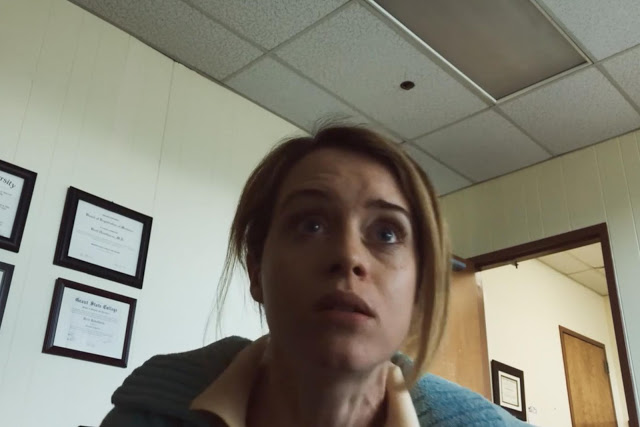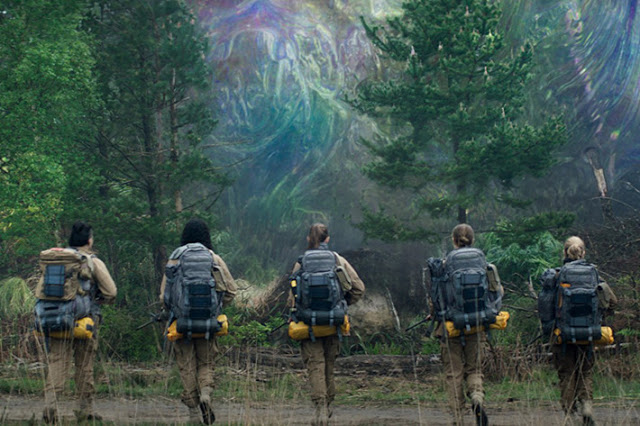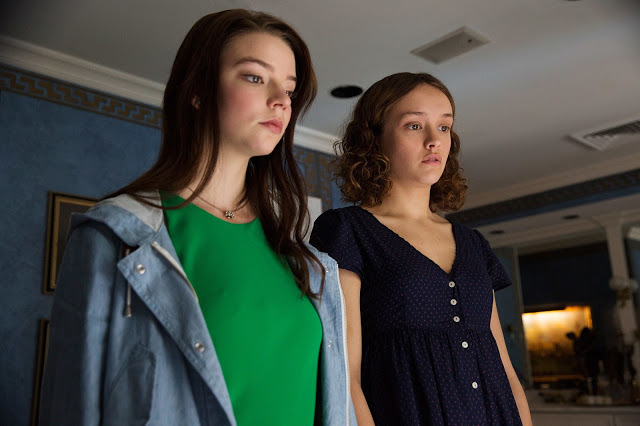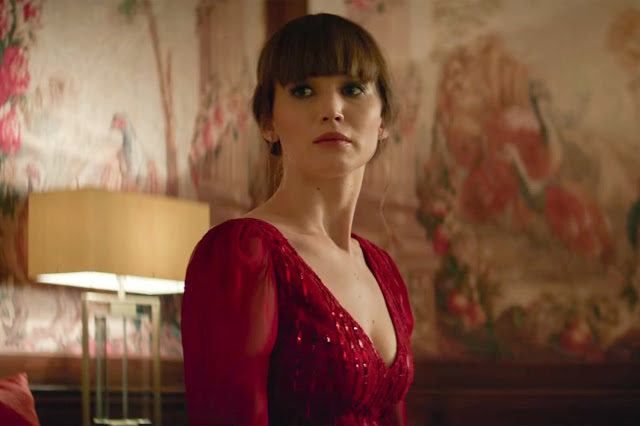Unsane: One Blew Into the Cuckoo’s Nest
A daub of acid on an exposed nerve, Steven Soderbergh’s Unsane is a charmingly nasty piece of work, full of rich colors and garish shocks. It’s a proudly ridiculous B movie, one with little sense and lots of blood. Soderbergh has made far better films—just last year, he delivered Logan Lucky, a spry and surprisingly tender heist picture—but it’s still exciting to watch him dispense with any semblance of sensitivity and just slather on the gory carnage.
With the exception of the Ocean’s Eleven movies, no two Soderbergh productions are alike. Yet his restless career has followed something of a pattern, toggling between quirky, experimental features (Full Frontal, Bubble, Che) and more brusque genre fare (Haywire, Contagion, Side Effects). Unsane may be his first film that falls into both camps. In terms of plot, it’s pure pulp, a grisly tale of violence and murder. But while Soderbergh typically flaunts his smooth craftsmanship when making mainstream material, Unsane is different, carrying none of the elegant polish that heightens the Ocean’s films. Instead, it looks cheap and DIY, almost as though it was shot on an iPhone. Which, of course, it was. Read More





